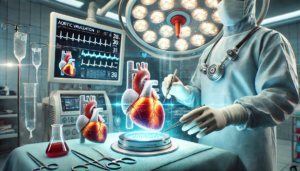
Impact of Different Sweep Gas Flow Rates on Respiratory Alkalosis and Cerebral Oxygenation During Cardiopulmonary Bypass
This randomized clinical study assessed how varying sweep gas flow rates affect respiratory alkalosis and cerebral oxygenation during cardiopulmonary bypass (CPB) in 84 open-heart surgery patients. The findings revealed that lower sweep gas flow rates help maintain normal carbon dioxide levels and enhance cerebral oxygen saturation post-rewarming. Adjusting the sweep gas flow rate before rewarming may prevent complications associated with respiratory alkalosis.










